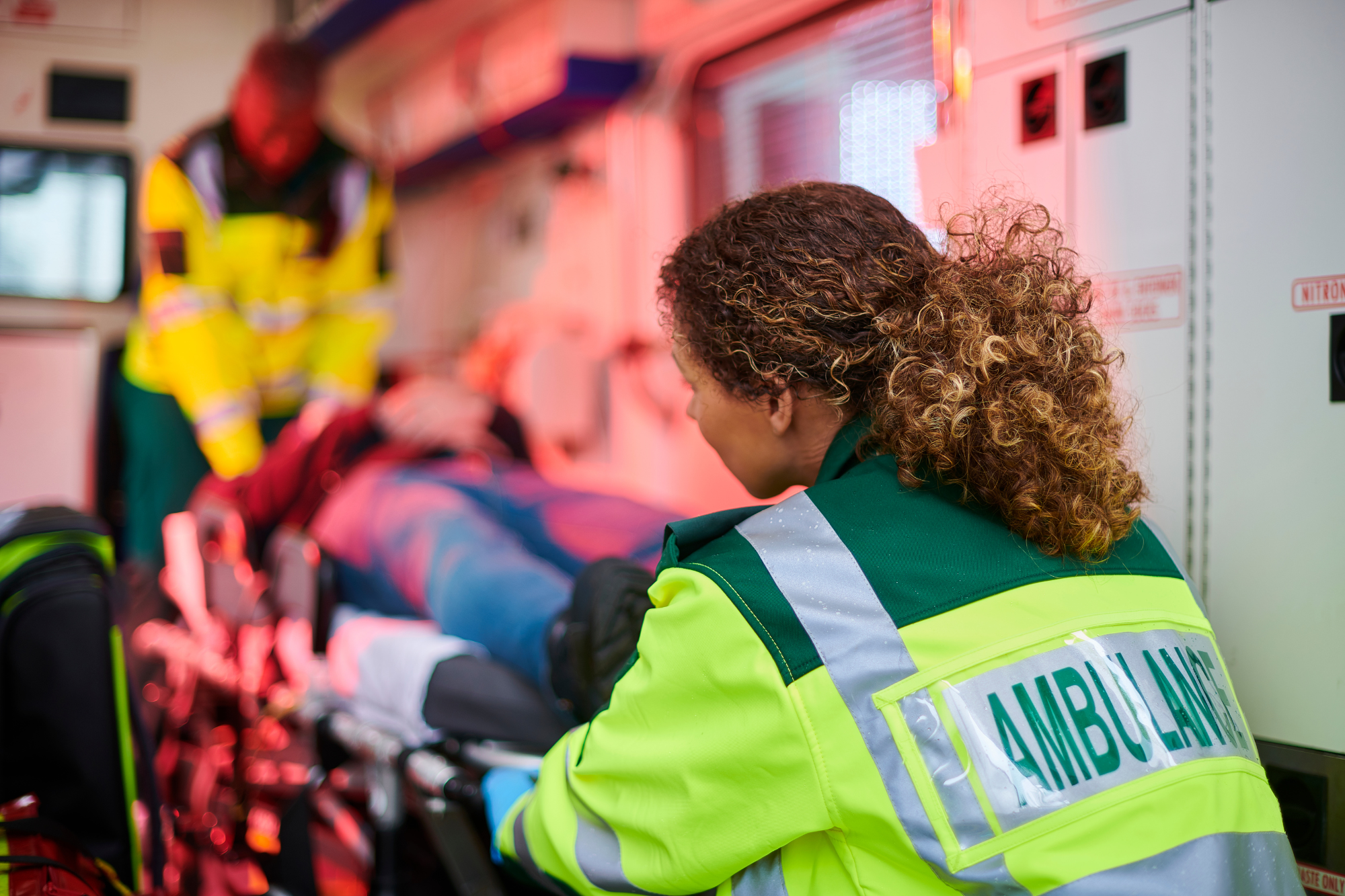Change and Transformation in the Public Sector

The South East’s two ambulance services, SCAS and SECAmb were both in the National Recovery Support Programme after challenging CQC reviews and were pursuing improvement programmes under new leadership. CF was asked by providers, commissioners, and the system to conduct a strategic review of ambulance commissioning, identify opportunities for improvement, and align stakeholders on actionable recommendations. Using a tailored engagement approach and advanced analytical capabilities, the work built a shared understanding of the opportunities to improve ambulance services and the UEC system, and a collective commitment to deliver on these.
NHS Ambulance services play a critical role in the delivery of urgent and emergency care (UEC). They take, triage and respond to 999 calls based on clinical urgency, delivering treatment on scene and convey patients who need it to hospitals for further treatment. Nationally, ambulance services are under significant pressure due to the level of demand placed upon them. Delays in care can result in clinical deterioration and prolonged discomfort and distress.
The South East of England’s population of 9.38m is served by two ambulance services: South East Coast Ambulance Service (SECAmb) and South Central Ambulance Service (SCAS). Both were in the National Recovery Support Programme after challenging CQC reviews and were pursuing improvement programmes under the leadership of new chief executives.
We were asked by NHSE South East region, 6 integrated care boards and 2 ambulance service providers to develop a case for change and improvement opportunities for 111 and 999 services, and a set of recommendations to deliver these.
We brought together a bespoke engagement approach together with our unique analytical capabilities to generate a deep understanding of current provisions in a baseline review. Over 95 stakeholders participated in an ‘Appreciative Inquiry’ that recognised and built on existing strengths. We analysed 3 million rows of data from both Ambulance Trusts, and publicly available demographic, operational and outcomes data) to examine variation in activity, performance and outcomes by Trust, Place and demographic factors.
We co-developed a case for change for both the commissioning and provision of services, testing and iterating this with local stakeholders. Key themes were continued growth in demand driven by population change, unwarranted variation in performance and the clinical offer, and financial constraint. Growth in the elderly population would result in 364 additional conveyances each day by 2034. Of these, 211 would be for people aged over 85, who have the most complex needs.
We held a face to face interactive ‘mirror workshop’ to share the case for change and align stakeholders on a set of opportunities to improve in four areas: Realising in-year delivery opportunities, collaborating to maximise service delivery and corporate effectiveness, transforming the UEC pathway to improve outcomes, and commissioning strategically to support transformation. We assessed the potential impact of each opportunity which supported developing recommendations for delivery. For the UEC pathway, the opportunity could reduce ED conveyances by 200 a day.
Recommendations were tested and iterated with providers and commissioners to secure commitment to working together on their delivery. These were agreed in full by all parties.
SCAS and SECAmb have established a joint committee to oversee the delivery of collaboration opportunities to improve training, career development and wellbeing, develop a single operating model for call handling and harmonise clinical models.
The 6 ICBs have established a committee in common that will oversee the development and implementation of a consistent core urgent and emergency care offer across the region.
Through working in partnership we have established new working relationships between organisations and the collective commitment that is critical to delivery.
View the CF profile in the MCA Members Directory.

